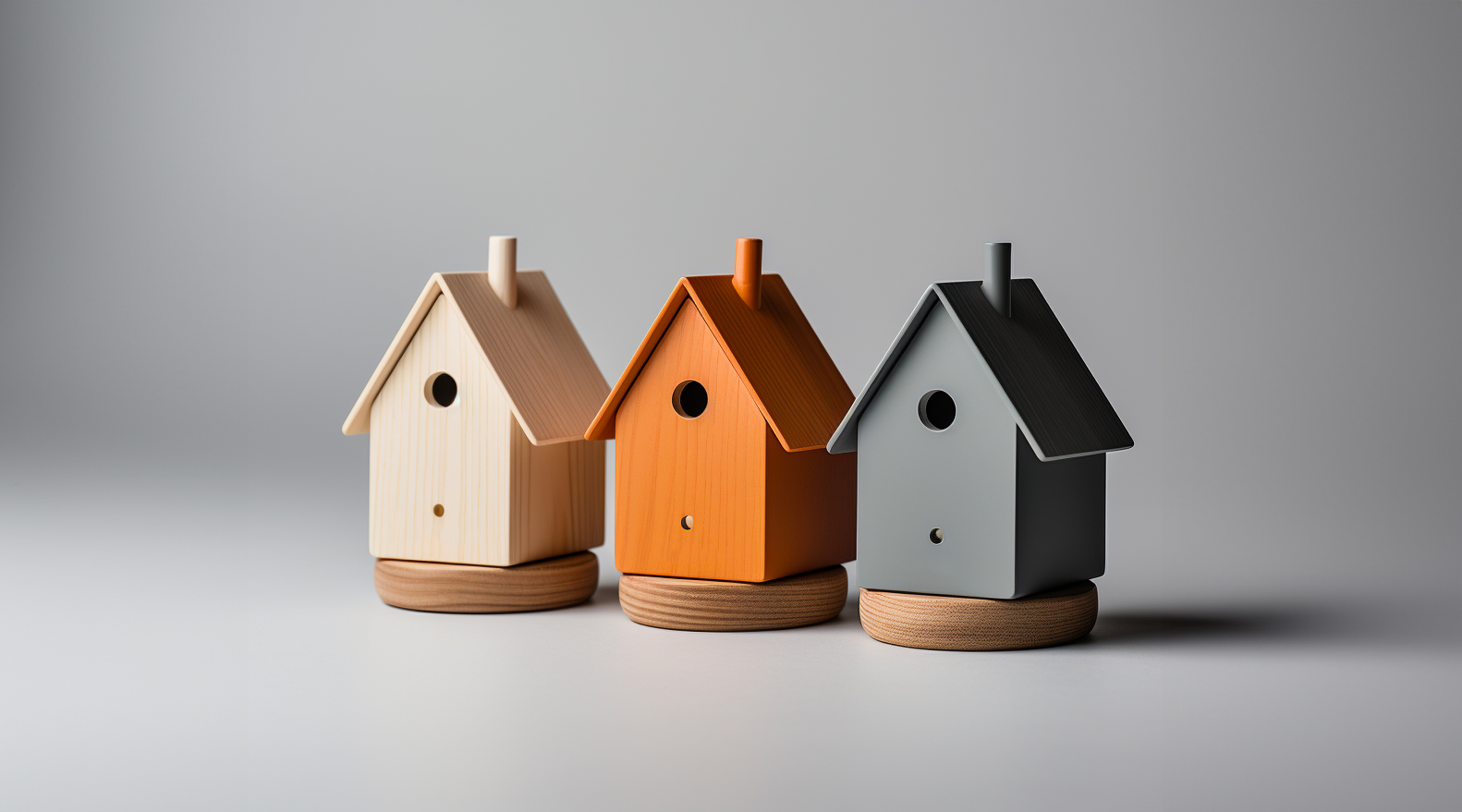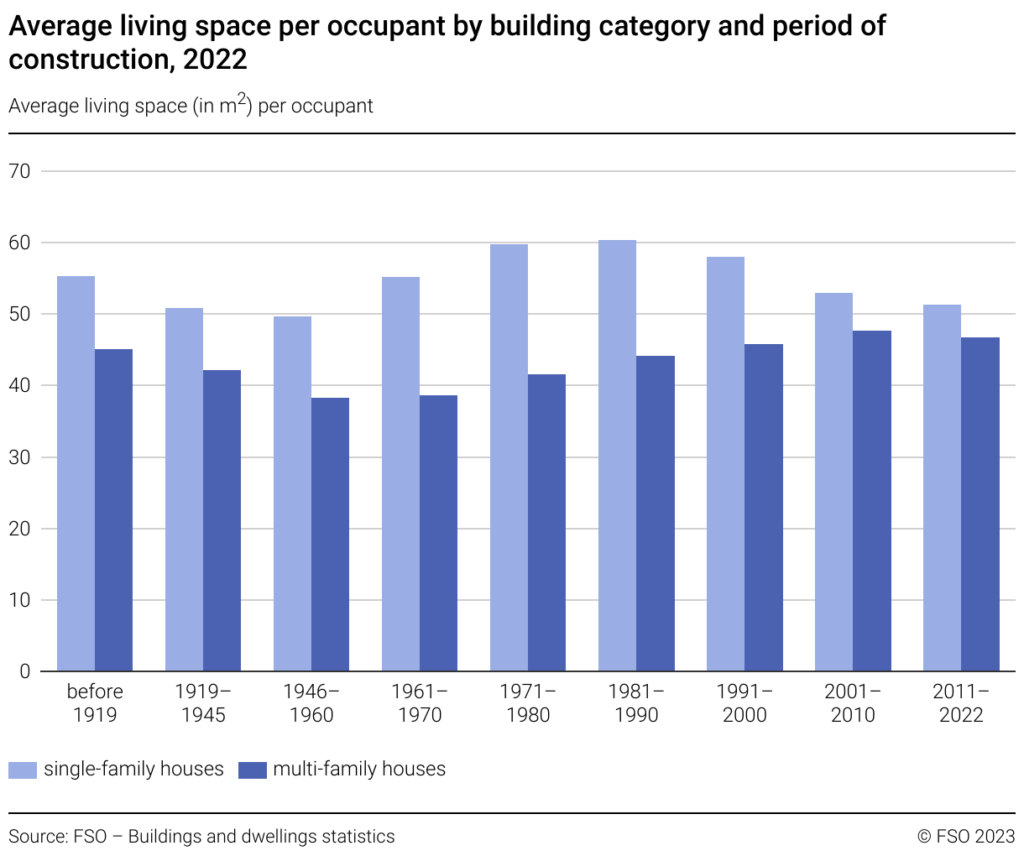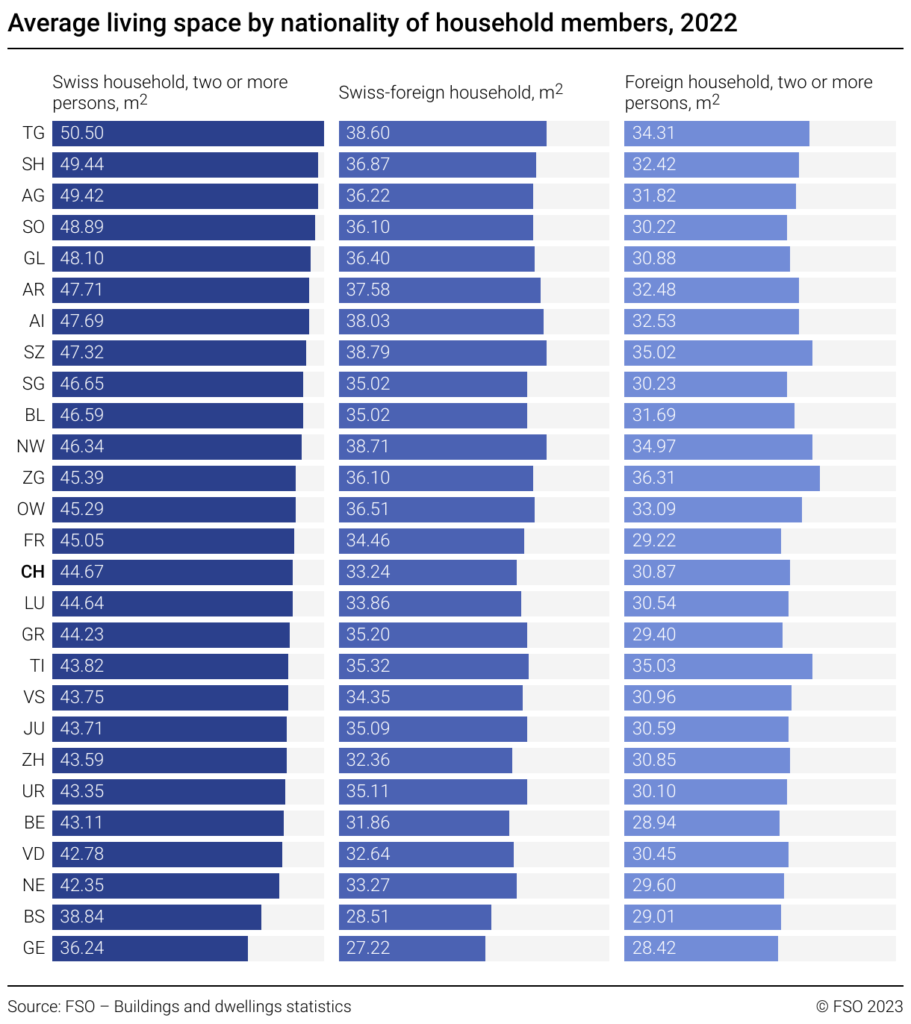Can I buy a house for the price of a car? Yes, it just depends on the car.
Housing prices are rising. But buying a house is becoming less and less affordable. It’s genuinely just out of reach for a lot of people. But this doesn’t really make sense. Aren’t we getting much more productive as a result of having better tools?
There are now much faster ways of building a house. We’re even able to 3D print houses! We’re almost at the stage where houses can be completely prefabricated in a factory, by robots.
Shouldn’t this positively impact the price of housing?
Obviously, building the house itself is almost a marginal factor in the final price. Demographics, scarcity of land, regulations, and real estate as an investment all have a word to say here.
But there’s another factor.
The soundtrack for this newsletter 🌿
Bigger boxes
People do want bigger homes. Look at the statistics for Switzerland: It’s pretty obvious when you consider the evolution of square meters used per occupant.
- 1980: 34 m2 (per occupant)
- 1990: 39 m2
- 2000: 44 m2
- 2021: 46 m2
It seems the tendency has reversed in the last few years (Source).
Standards are changing.
Changing standards are very obvious when you’re looking for a flat in Switzerland. Newer flats usually have bigger rooms compared to older ones.
Below you can see the evolution of the average square meters planned per occupant by date of construction.
This graph shows that more space has been allotted per occupant in flats since the 70s. The opposite is true for single family homes. But that doesn’t show they’ve been occupied by the number of people they’ve been planned for.
Society is getting older
An aging population means more couples and singles live in houses that were originally built to house families. The average living space per person increases every time a member leaves their family house …
Households size
These days, families also have fewer children. Previously more children had to share the same rooms. Maybe there was only one room for two kids. This means the average occupancy per shared space (kitchen, living room) was higher in the past.
Gimme more space
As a family of four, we live in less than 70m2. So we are using far less space than the average person in Switzerland is using, which is officially 46.5 m2 per person.
According to this statistic, as a family, we should be living in a one hundred and eight-six square metre “mansion”…
Actually, it gets interesting if you dig a bit deeper and take into consideration that we’re a Swiss-Foreign household. And that we live close to Basel-Stadt. In this case, the number is closer to 112m2. 😉
The difference between a 100% Swiss household and a foreign one is striking.
Do we live in a “space that small” out of necessity? Not really, we could afford more, but we decided on less space at this point (lower costs, less stuff). Also, we moved in as a couple, before we were a family.
Do I often think I’d love to have a bigger house? Sure I do.
Gimme more resource
Building bigger homes means more resources are needed. More concrete, more plastic, more wood, more steel. This alone is already a big issue in a finite world.
Most of the time, it means more (CO2) emissions too. The grey energy needed to extract the resources and build the house would increase. More energy is then used to cool or heat the bigger space.
But this isn’t always the case. We have techniques to build structures with very low levels of grey emissions and that generate more energy than they use. But this is currently true for only a minority of buildings.
Why this topic now?
Because we are currently actively looking to buy a house. It’s a big endeavor. And I’m learning a lot of interesting things about the topic.
Choosing a new home involves a delicate balancing act between finance, comfort, and sustainability.
Practically, living in less than 70m2 in Switzerland with four family members is starting to feel uncomfortable. On the other hand, I have this fascination with smaller living. To me, it makes a lot of sense in relation to a lot of points mentioned above.
Obviously, finances pretty much dictate what you can afford. But if you can pay for it, does it mean you should buy it? Or if you do, should you feel guilty?
As a society, I think we should reduce our global footprint. This also means reducing the amount of surface used per person for housing.
And that’s why I started a “side project”. But I’ll tell you more about it a next time. 😉
The soundtrack for this newsletter 🌿





Leave a Reply